In Search of Arulmigu Muruga at the Shravanabelagola Temple in Vindyagiri.
- Yash Jegathesan

- Jul 15
- 4 min read
In 1996, I traveled to Shravanabelagola at Vindyagiri with my parents as a tourist. After years of researching the history of Arulmigu Muruga, I delved deeper into meditation and introspection, receiving divine revelations that guided me to revisit this location. Everything aligned perfectly on March 6, 2025, when my friend and I embarked on a delightful road trip there.
The highway was in superb shape, including a special toll lane for ambulances, which was a considerate design. The rest areas were remarkable, with spotless facilities meeting international standards. The breathtaking scenery on either side was complemented by well-kept dividers decorated with lovely plants and shrubs. The ascent required climbing 700 steps up the hill on a hot, sunny day.
Arulmigu Muruga was considered the Tamil Kadavul (God). To me, when our ancestors are elevated to a God-like status, they appear to transcend birth and death. Consequently, there is no historical record of their birthplace or death.
In the past, I blogged after engaging in deep meditation and introspection about the iconography of Arulmigu Muruga at Angkor Wat. I view this as a groundbreaking personal research journey. Here's a brief caption: "My research reveals a peculiar observation regarding a depiction at Angkor Wat, Cambodia, featuring a blend of Apsara and Murugan iconography. While the upper portion portrays an Apsara, closer scrutiny unveils that the lower half, characterized by a hand on the hip, symbolizes Murugan. Notably, adjacent to the hand on the hip, a peacock motif adds an intriguing element". You may read the rest on my knowledge center: https://www.yashfoundation.info/post/murugan-at-angkor-wat-yash-jegathesan-groundbreaking-research
Moreover, I have shared my research on the Tamil language on the walls of Angkor Wat. This realization came to me as a divine revelation when I revisited the photos later. You can read the blog here: https://www.yashfoundation.info/post/tamil-inscription-at-angkor-wat-pillars
Both blogs were written over a year after my trip to Angkor Wat in April 2023. It requires further expedition and funding to analyse them and we welcome ordinary people like me and you to bring the true history to our generations. Contact us at info@yashfoundation.info to learn more.
Setting the above context, now I would like to delve into the mystery of Shravanabelagola.
Between 980 and 983 AD, Sage Arishta Nemi crafted the Gommateshwara statue in Shravanabelagola, Karnataka. This statue was commissioned by Chamundaraya, a minister of the Ganga dynasty. Standing at 18 meters, the statue of Gomateshwara is carved from a single granite block and is situated atop Vindyagiri (Vindya Hill). It ranks among the tallest free-standing monolithic statues globally.
Currently, Shravanabelagola serves as a Jain pilgrimage site in South Karnataka and is one of the most significant pilgrimage spots in Jainism. To view it up close, visitors must ascend 700 steps carved into the rock.
We are grateful that the Jain community diligently preserves Shravanabelagola and upholding the dharma.
Nonetheless, the area around this temple is adorned with peacock symbols. Additionally, an elephant and Nandi can be found between a Thirthankar. The pedestal where the Thirthankar statues are typically placed is above the avudai (yoni). The spot where my friend took a photo over 30 years ago now appears to have been refreshed with an extra layer on the walls. This might be to protect the temple walls from further damage caused by extreme weather conditions.
Arulmigu Muruga temples are typically situated atop hills, with the exception of Thiruchendur, which is located near the shore with more history behind it's existence near a shore.
There is considerable evidence indicating that this was a place frequented by devotees of Arulmigu Muruga and his presence during the Tamil Sangam era. Kukke Subramanya, located in Karnataka, is another temple devoted to Arulmigu Muruga. As the concept of God is elevated, the ideas of birth and death are surpass specifically, the deities of the Tamil kingdom remain mysterious because of their exalted divine status without their place of birth and death.
While meditating at Shravanabelagola, I perceived a redness through my third eye, signifying the many battles fought to protect this place or kingdom.
The inner sanctum of the older temple, located behind the Gomateshwara, was not open to access.
Here are some images from our journey that serve as evidence of the peacock and fish symbols of the Pandya dynasty.
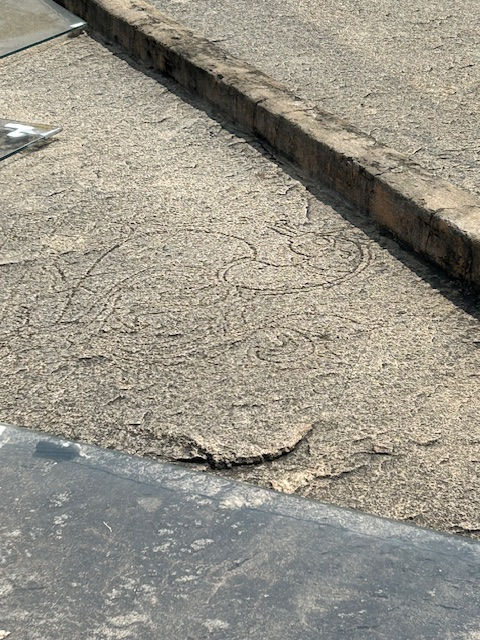









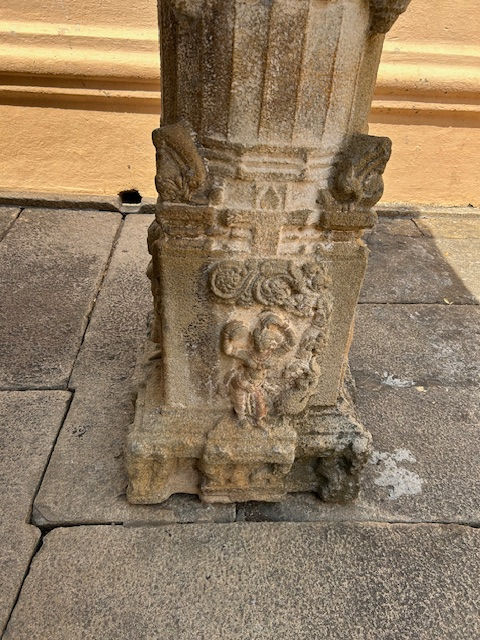









































Views





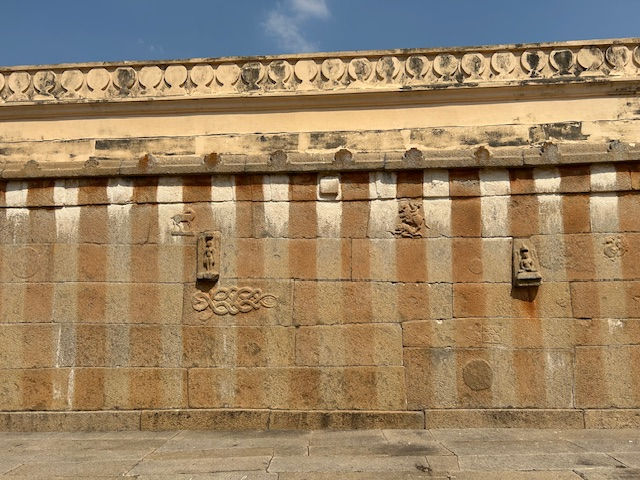


Two motifs were observed at the entrance of the smaller temple located halfway up the climb to the main temple.

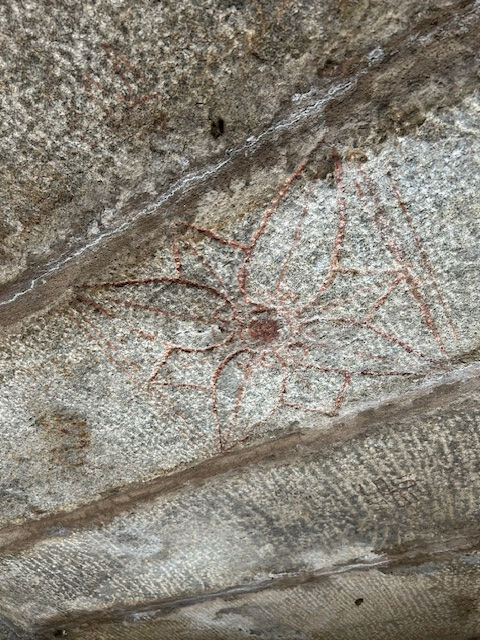




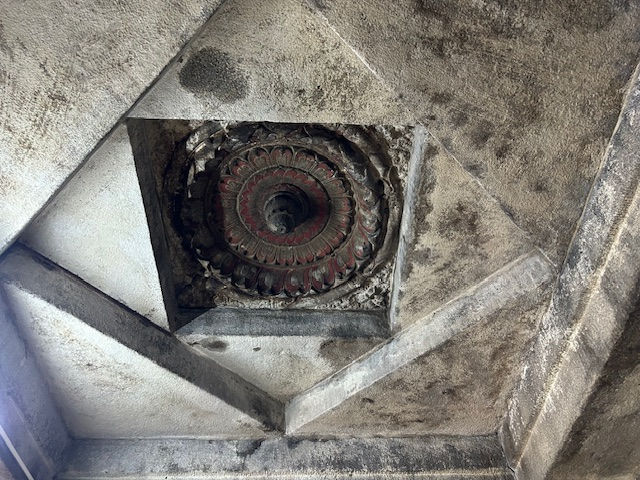




Before concluding this blog, I want to share an experience from a past trip to Kolkata. I viewed a coin from around 100 BCE, featuring Arulmigu Muruga with a Vel (spear), found in Punjab, home to the Audumbara tribes. This coin is on display at the Indian Museum in Kolkata. Interestingly, Audumbara also denotes a type of fig tree.
Arulmigu Muruga is the pride of the Pandya Dynasty from the ancient Tamil Sangam, which once ruled Bharathadesam and had trade routes through the once splendid and now potentially submerged city of Poompuhar (Kaveripoompattinam).









Comments